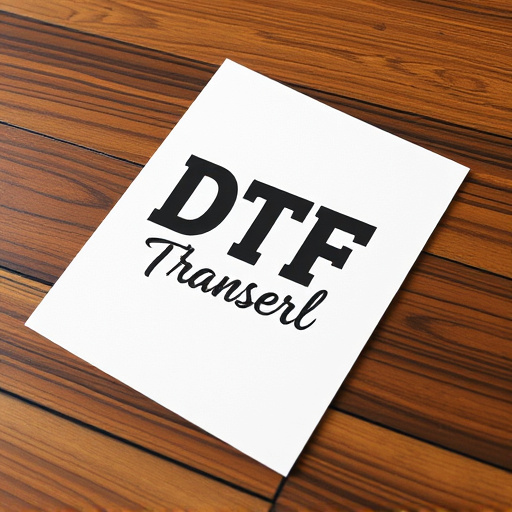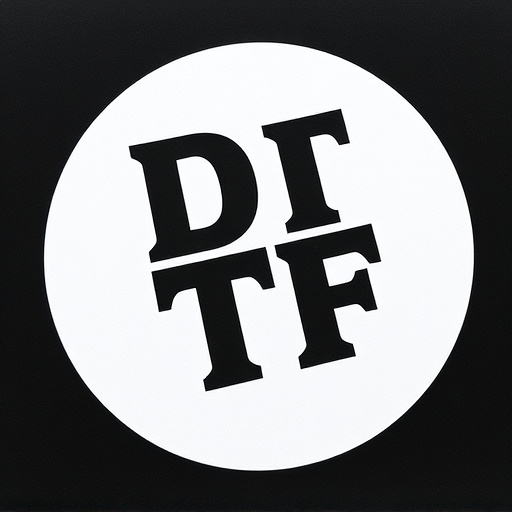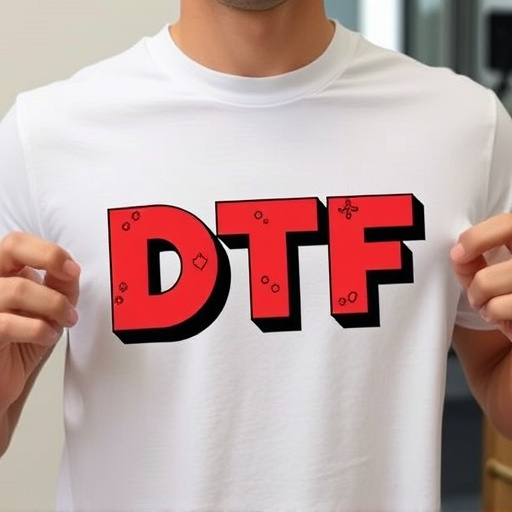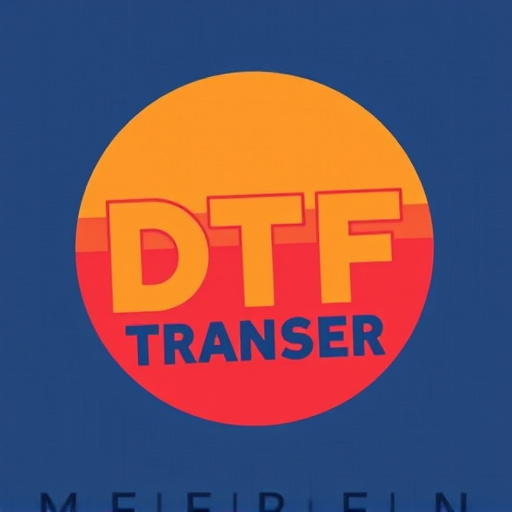Mastering DTF Transfers: From Cooling to Print Perfection
Direct to Film (DTF) printing is a revolutionary method for custom printing, offering exceptional de…….
Welcome to an in-depth exploration of a revolutionary technology that is transforming the printing industry: Cold Peel DTF (Direct-to-Film) transfers. This innovative process offers a precise and efficient method for applying graphics, designs, and text to various surfaces, from clothing and accessories to signage and industrial components. In this comprehensive article, we will unravel the intricacies of Cold Peel DTF transfers, examining its impact, applications, and the future it holds in the ever-evolving world of printing. Get ready to dive into a captivating journey through the latest advancements in digital printing technology.
Definition: Cold Peel DTF transfers are a specialized printing technique that involves transferring ink directly onto a thin film or base material, which can then be applied to a desired substrate. The process utilizes a cold peel adhesive to facilitate the transfer, ensuring precise image reproduction and a smooth finish.
Core Components:
Historical Context: The roots of DTF transfers can be traced back to traditional offset printing methods, where ink was transferred from a plate to a print surface. However, the digital revolution brought about significant advancements in printing technologies, leading to the emergence of direct-to-film printing. Early forms of DTF transfers gained popularity in the 2000s, particularly in the clothing industry, offering faster production times and enhanced design flexibility compared to traditional screen printing.
Significance: Cold Peel DTF transfers have revolutionized various sectors by enabling quick turnaround times, high-quality prints, and the ability to produce complex designs on diverse materials. Its applications range from custom apparel and accessories to signage, automotive components, and even medical devices, challenging traditional printing methods in terms of speed, precision, and versatility.
The adoption of Cold Peel DTF transfers has spread like a ripple effect across the globe, with each region contributing to its unique development and application.
| Region | Key Trends & Influencers | Notable Applications |
|---|---|---|
| North America | Strong presence in apparel and fashion industries. Major players include printing companies specializing in custom clothing and accessory design. | Custom t-shirts, hoodies, caps, and sneakers with intricate designs and personalized messages. |
| Europe | Leading in industrial applications, especially automotive and electronics. Known for high-quality finishes and precise detailing. | Car interiors, electrical enclosures, and consumer electronics with branded logos and graphics. |
| Asia Pacific | Rapid growth driven by the region’s thriving garment industry and e-commerce. China and India are major manufacturers of DTF transfer film. | Fashionable clothing, accessories, and sportswear with seasonal trends and brand collaborations. |
| Middle East & Africa | Increasing demand in signage and advertising industries. Unique applications include vehicle graphics and large-format printing. | Eye-catching billboards, bus exteriors, and custom-designed vehicles. |
| Latin America | Emerging market with a focus on local businesses and artisans. Promoting small-scale production of unique, hand-crafted items. | Handicrafts, home décor, and locally inspired fashion accessories. |
These global trends highlight the versatility of Cold Peel DTF transfers, catering to diverse industries and cultural preferences. The technology’s ability to support both mass production and niche, custom-driven markets positions it as a game-changer in the printing sector.
The global DTF transfer market is projected to reach USD 3.5 billion by 2027, growing at a CAGR of 12.5% from 2020 to 2027 (Source: MarketsandMarkets). This rapid growth can be attributed to the increasing demand for personalized products and the need for faster production times in various sectors.
While the initial setup costs for DTF printing can be high, the technology offers long-term cost savings through reduced waste, faster production, and the ability to handle a wide range of projects. This makes it an attractive option for both large-scale manufacturers and small businesses looking to streamline their printing processes.
Cold Peel DTF transfers have transformed the clothing industry by enabling rapid prototyping, limited-edition prints, and custom designs. From vintage-inspired graphics to modern typography, DTF printing allows for endless creative possibilities on apparel, caps, bags, and more.
Case Study: Urban Threads, a boutique clothing brand, utilizes DTF transfers to create exclusive collections with hand-drawn illustrations and typographic designs. Their ability to quickly adapt to seasonal trends and collaborate with local artists has fostered a strong following among millennials and Gen Z consumers.
The technology’s precision and versatility make it ideal for creating eye-catching signage, advertisements, and vehicle graphics. DTF transfers can be applied to various substrates, ensuring long-lasting, high-quality displays for businesses and marketing campaigns.
Application Example: A local coffee shop uses DTF transfers to design its takeout cups, promoting seasonal specials and unique branding. The process allows for easy updates and changes to the design, keeping the brand fresh and engaging.
In industries such as automotive, electronics, and medical devices, Cold Peel DTF transfers offer a cost-effective solution for precise detailing and branding. The ability to print on diverse materials ensures that products can be tailored to specific requirements while maintaining high aesthetic standards.
Industrial Case Study: AutoTech Motors incorporates DTF transfers into the interior trim of luxury vehicles, adding intricate patterns and company logos to dashboard accents, door panels, and center consoles. This enhances the overall passenger experience and provides a unique branding touch.
Modern DTF printing technologies offer exceptional image quality, enabling the reproduction of intricate designs and fine details with remarkable accuracy. This is particularly advantageous for complex artwork and photographic prints.
Many ink manufacturers have developed eco-friendly formulations that are both durable and water-based, reducing environmental impact while ensuring vibrant colors and excellent adhesion. These inks contribute to the growing demand for sustainable printing practices.
The versatility of DTF transfers extends to a wide range of flexible materials, opening up opportunities in the production of curved surfaces, fabric handles, and three-dimensional objects. This opens new avenues for creative design and product development.
Cold Peel DTF transfers can be combined with other printing and finishing techniques to create innovative products. For instance, combining DTF with heat transfer technology allows for the application of designs on hard surfaces like ceramics and glass.
While Cold Peel DTF transfers offer numerous benefits, there are challenges to keep in mind:
As we peer into the future, several trends and developments hint at the exciting trajectory of Cold Peel DTF transfers:
In conclusion, Cold Peel DTF transfers have revolutionized the way we approach printing and design, offering unparalleled versatility, speed, and creativity. With ongoing technological advancements and a growing emphasis on sustainability, the future of DTF transfers looks bright, promising exciting possibilities for businesses and designers alike.

Direct to Film (DTF) printing is a revolutionary method for custom printing, offering exceptional de…….

Direct to Film (DTF) printing offers high-quality, detailed prints on various surfaces. The process…….

DTF (Direct-To-Film) printing revolutionizes film preservation by directly applying ink to film, res…….

DTF (Direct to Film) transfer is a cutting-edge technology that replicates digital content onto phys…….

DTF Prints (Direct-to-Film Transfers) offer a revolutionary way to preserve film memories with high…….

DTF (Direct-to-Film) prints revolutionize film preservation by offering high-quality, versatile imag…….

DTF (Direct-to-Film) prints revolutionize film production with a direct digital-to-physical transfer…….

DTF (Direct-to-Film) Printing is a cutting-edge technique for high-quality film transfers, offering…….

Direct to Film (DTF) transfer printing is a cutting-edge technique offering swift, high-quality prod…….

Direct to Film (DTF) transfer is a cutting-edge printing method offering vibrant colors and intricat…….